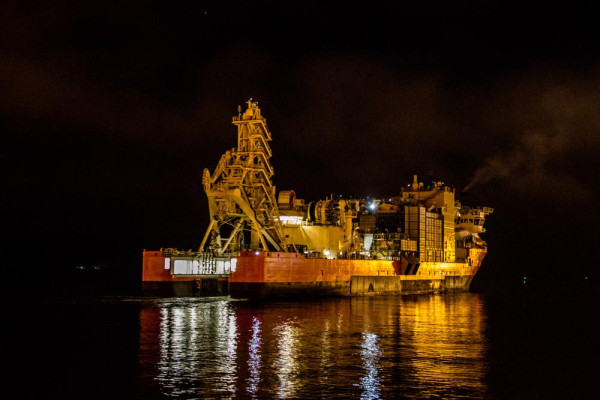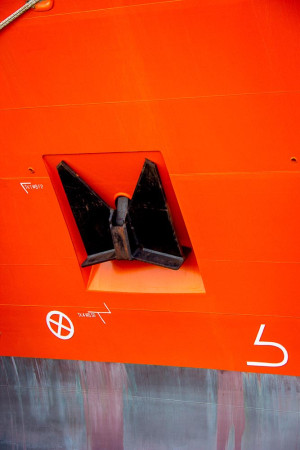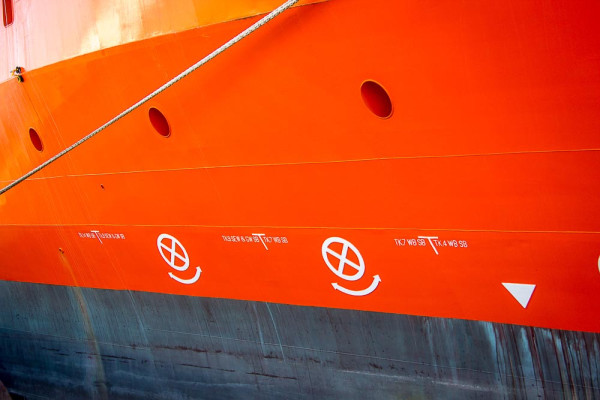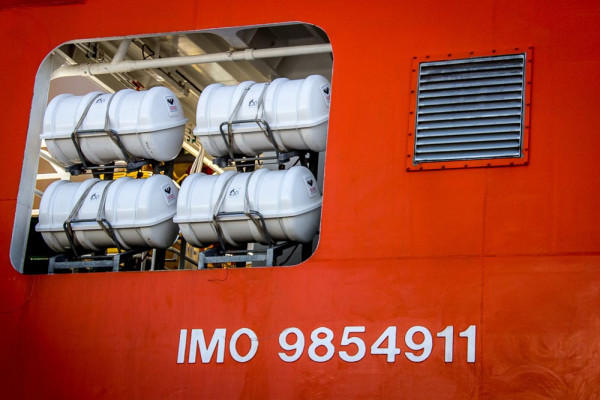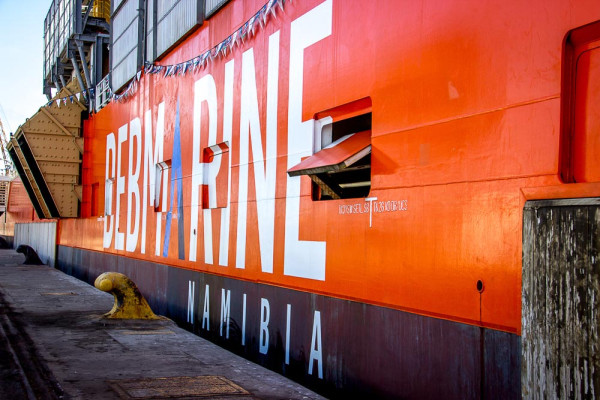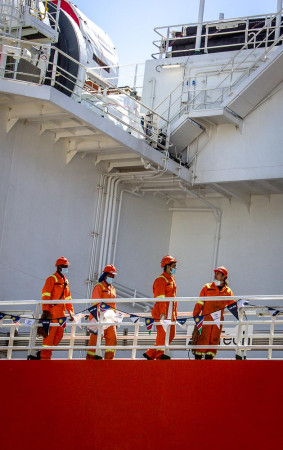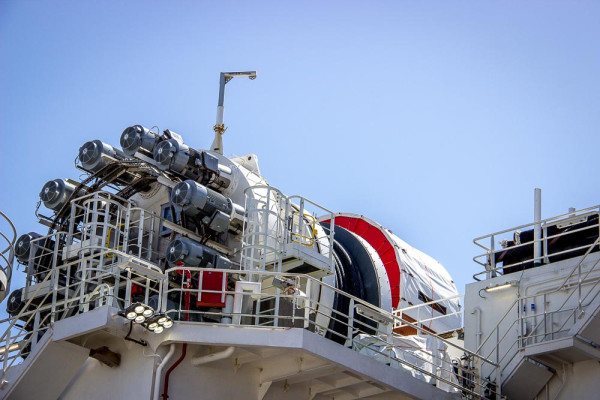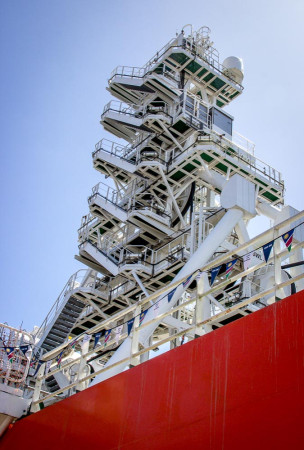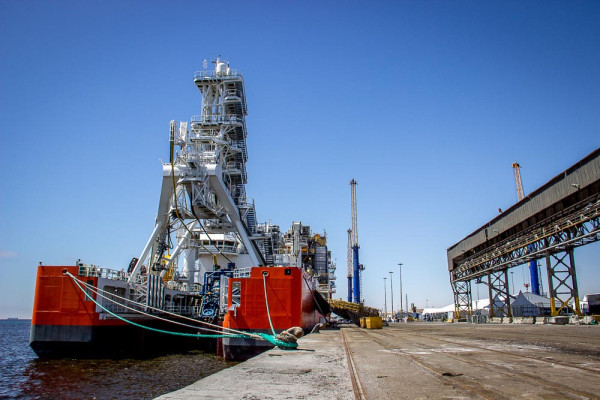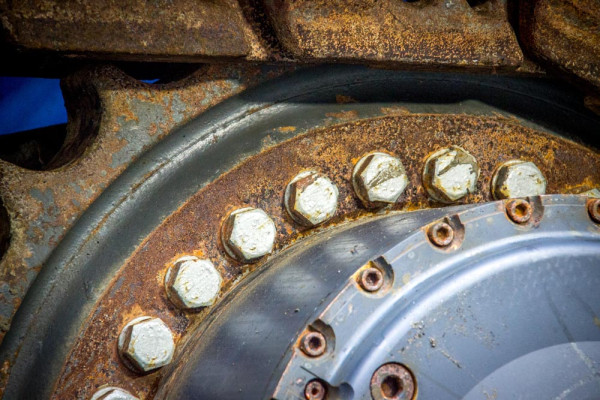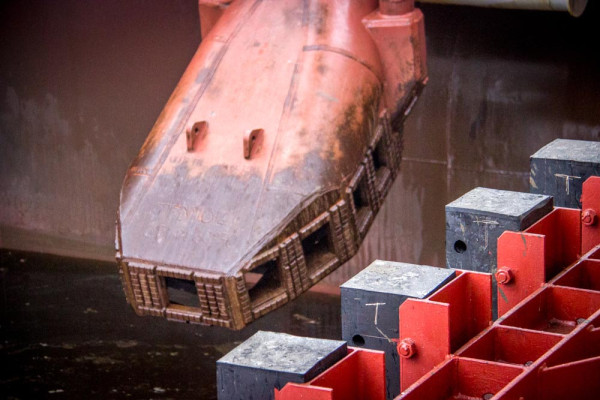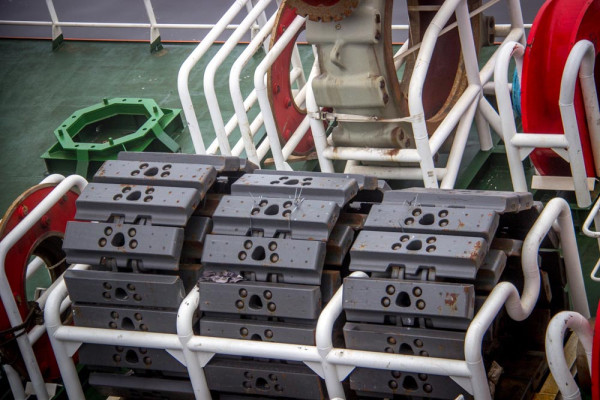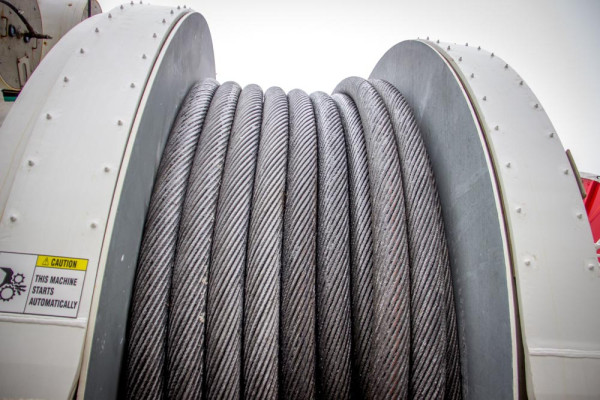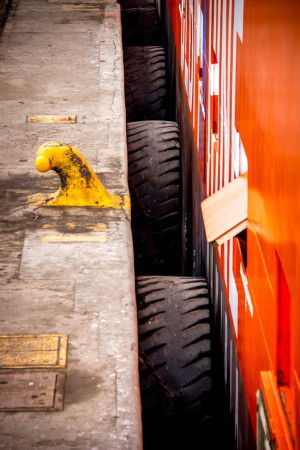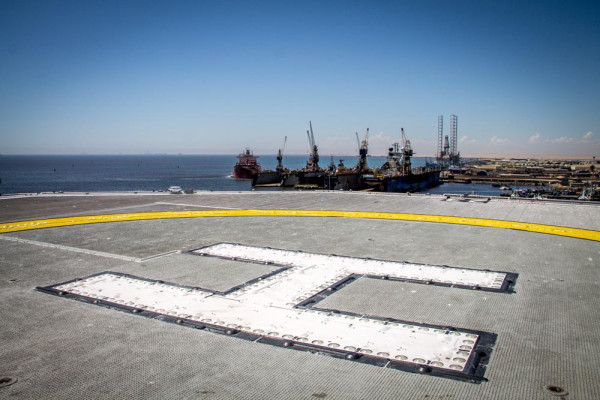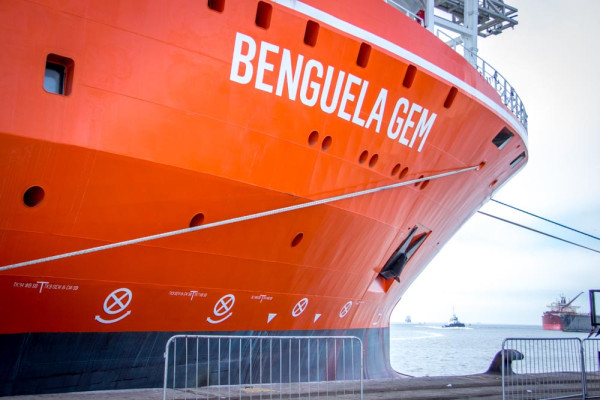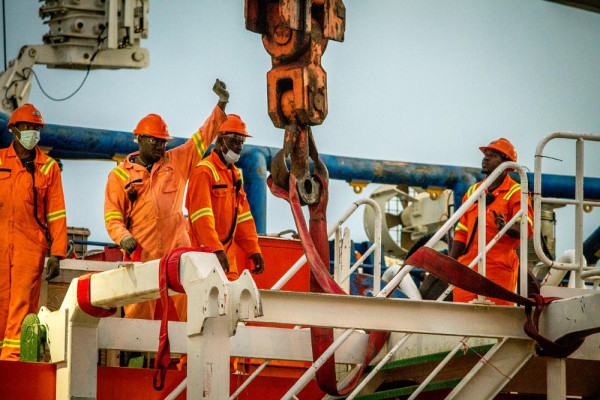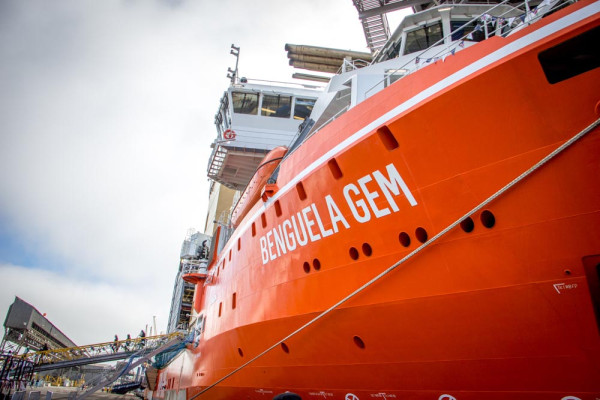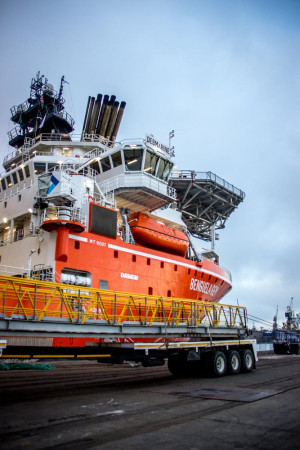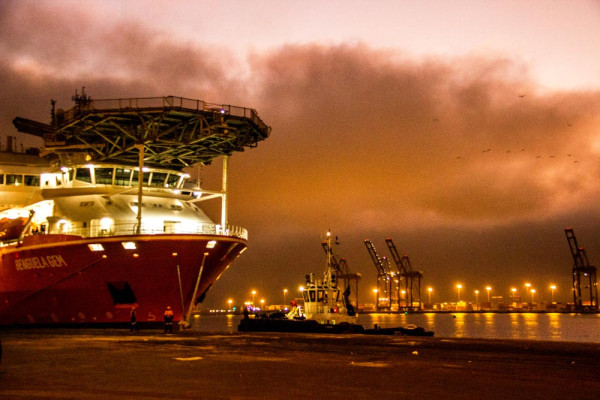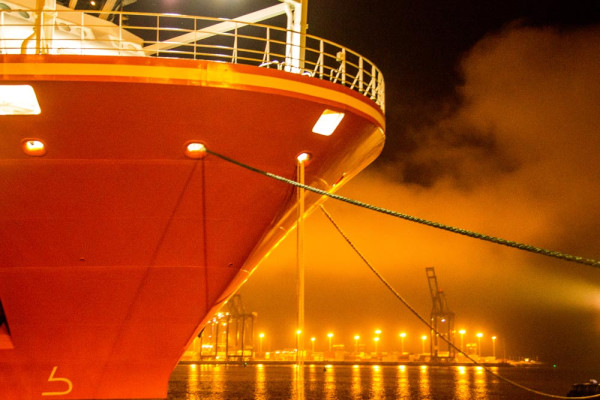Mine closure is the formal process of planning and managing the decommissioning of a mining site, mitigating impacts and legacy issues, undertaking ongoing environmental rehabilitation/ monitoring, and eventually relinquishing the mining license.
At Debmarine Namibia, the key elements of our current closure plan are environmental risk assessment, the social and labour plan and vessel decommissioning. Financial provisioning (both for premature closure and closure at the end of life of mine) for these elements is updated annually and provided for in the company’s business plan.
Our main objective is to leave a post-mining environment that has returned to a state in which sufficiently diverse biological communities exist so as not to pose any threat to the biodiversity of the area and to potential future land-use options. While active rehabilitation of the seabed is not practical, the ongoing, carefully designed, and well-structured benthic monitoring programme helps to monitor natural rehabilitation of the seabed and demonstrate recovery of benthic communities.
Seafloor man-made hazards, primarily in the form of vessel anchors and wires, are documented and recovered immediately where possible or planned for recovery once mining has ceased. Due to the different ages of our fleet of vessels, decommissioning is planned for the end of life of each vessel.
Social investment activities focus on a national approach supporting projects across the country, such as Debmarine Namibia’s sponsorship of the construction of the Marine Education Centre in Walvis Bay – a national asset aimed at driving tourism and also the home base of the Namibian Dolphin Project (NDP) dedicated to studying Namibia’s cetacean (whale and dolphin) community. Our labour plan also includes aspects of human resource development to mitigate the impact of closure on employees and their families.
An update is planned for the current mine closure plan, due for completion in 2024.
